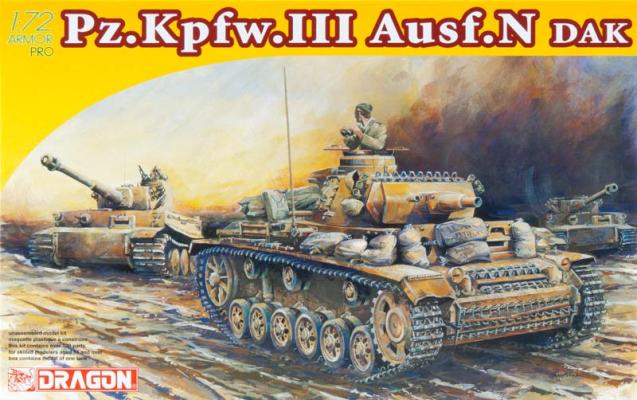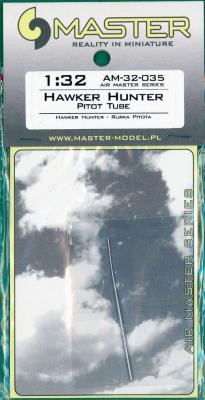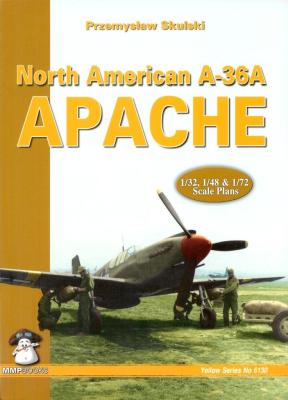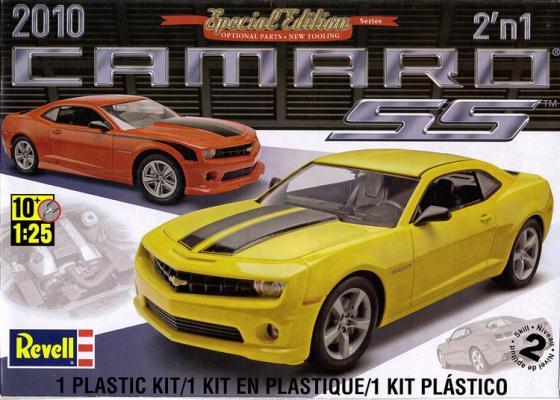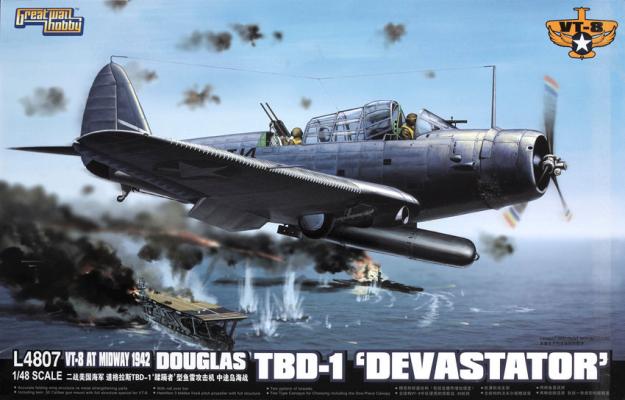The Panzer III design was awarded to Daimler-Benz with production beginning in 1937. Several German companies would be engaged for full production. The Ausf N was the last variant, with many converted from previous variants. Armed with the short-barrel 7.5cm KwK 37 L/24 cannon and armored with the extra armor on the Ausf J, L, and M variants, the Ausf N performed well in Europe and North Africa, especially as infantry support. The Panzer III chassis lived on as the Sturmgeschütz III assault gun, which became Germany’s most-produced armored vehicle. The Panzer IV took over the role as Germany’s main battle tank.
Welcome to the IPMS/USA Reviews site!
Introduction: The primary organization of the IPMS/USA Review website is by IPMS/USA National Contest Class. Within each Class there are sub-menus by kits, decals, books, etc. The Miscellaneous Class is for items that are not class specific or that cross two or more classes.
IPMS/USA Members: We encourage you to submit reviews, both here and to the Journal. To volunteer for membership in the IPMS/USA "Reviewers Corps" and submit your own reviews, please read the Guidelines For Submitting Product Reviews.
Manufacturers, publishers, and other industry members: IPMS/USA is pleased to offer your company the opportunity for product reviews. All product reviews are performed by IPMS/USA members, and are posted in the publicly-accessible section of our website. With very few exceptions, we perform full build reviews of new kit releases, aftermarket products, and supplies. If you would care to provide product samples for review, please contact John Noack, IPMS/USA 1st VP.
To learn more about IPMS/USA, please see our About Us page.
Master Model now has covered all the basses when it comes to turned aluminum pitot tubes for Hawker Hunter models by adding one for 1/32 scale kits (currently, that means Revell or Revell of Germany F.6 or FG.9 kits). In this larger scale, the addition of a more accurately proportioned metal pitot tube is almost a must if the builder is striving for accuracy. The photo below of the metal part compared to the injection molded kit part tells the story. Placing it next to the kit part clearly shows show how nicely the tapered Master Model metal looks by comparison.
The Master Model pitot tube can be attached with super glue or epoxy cement. Then, a little filler may be needed to blend the hole in the wing’s leading edge after anchoring the smaller diameter metal tube. The thin metal tube will likely survive an occasional bump or two but, because it is aluminum, it may bend if it is bumped too hard.
The latest issue in MMP’s ever-expanding “Yellow” series is specifically dedicated to the North American A-36A Apache.
The first 47 (out of 128) pages of this book are a mixture of text and photos describing the development and combat experiences of the A-36. The first few chapters cover the design and development of the A-36. The following chapters are each dedicated to an individual combat theater in which the “Apache” was deployed. Usage in North Africa, Sicily, Italy, and the Far East are covered. 2 pages are specifically dedicated to a history of the only A-36 ace, Captain Michael Russo. After this, there is a brief discussion of the British evaluation (and subsequent rejection) of the aircraft. The final portion of this section is a technical description of the A-36A-1-NA which includes several photos and technical drawings from the official Technical Manual for the aircraft.
The Chevrolet Camaro was Chevy’s answer to the pony car sweepstakes in the late 60’s. Over the years, the “Bow-Tie” boys brought out many exciting and powerful Camaros to do battle with Ford and Chrysler. After a short hiatus in early 2000, Chevy brought back the Camaro in its current retro styling that harks back to the car’s 1969 aggressive styling. Today’s Camaro is truly a state of the art Pony Car, in part because it rolls on modern and expensive independent rear suspension (IRS) components just like its big brother Corvette; engine power ranges from its base 304 bhp V6 engine while V8s are available up to the 6.2 litre 400 bhp L99 engine.
History Brief
The early 1930s US Navy needed a torpedo bomber and accepted the all-new monoplane design from the Douglas aircraft company. The TBD-1 Devastator was ordered on June 30, 1934, first flying in 1935 and entering service in 1937. The Devastator was, at that point in time, possibly the most advanced aircraft flying for the USN or any navy in the world. However, the fast pace of aircraft development caught up with it and, by the time of the Japanese attack on Pearl Harbor, the TBD was already outdated. However, it performed well in some of the early battles, such as Coral Sea, where they saw extensive action. But, during the Battle of Midway, six Devastators launched on their mission against the Japanese fleet were all slaughtered save one, and they did not score any direct hits. As a result, the remaining aircraft of the type were immediately withdrawn from front line service and replaced by the TBF Avenger (also ineffective at Midway).











